The aircraft had its genesis in Operational Requirement 330 for a high speed (Mach 3) reconnaissance aircraft , which eventually developed into the Avro 730. As the 730 was expected to operate at high speeds for extended periods of time, more data was needed on high speed operations, leading to Operational Requirement ER.134T for a testbedcapable of speeds greater than Mach 2. The aircraft was expected to run at these speeds for extended periods of time, allowing it to study kinetic heating effects on such an aircraft. The aircraft was expected to spend a considerable amount of time with a skintemperature around 300 Celsius.[1]Several firms took interest in this very advanced specification and the eventual contract (6/Acft/10144) was awarded to Bristol Aircraft in February 1953.Bristol gave the project the type number 188, of which three aircraft were to be built, one a pure test bed and the other two (constructor numbers 13518 and 13519) for flight testing. Under contract number KC/2M/04/CB.42(b) serial numbers XF923 and XF926 were given on 4 January 1954 to the two that would fly. To support the development of the Avro 730Mach 3 reconnaissance bomber, another three aircraft were ordered (Serial Numbers XK429, XK434 and XK436). The follow-up order was cancelled when the Avro 730 programme was cancelled in 1957 as part of that year's review of defence spending. The 188 project was continued as a high speed research aircraft.[1]?Bristol 188 at the RAF Museum, Cosford.The advanced nature of the aircraft meant that new construction methods had to be developed. Several materials were considered for construction and two specialist grades of steel were selected: a titanium-stabilized 18-8 austenitic steel and a 12%-Cr steel used in gas turbines (Firth-Vickers Rex 448). These had to be manufactured to better tolerances in sufficient quantities for construction to start. The 12% chromium stainless steel with a honeycomb centre was used for the construction of the outer skin
Specifications
General Characteristics
- Created On Android
- Wingspan 36.7ft (11.2m)
- Length 48.2ft (14.7m)
- Height 10.8ft (3.3m)
- Empty Weight 17,164lbs (7,785kg)
- Loaded Weight 25,892lbs (11,744kg)
Performance
- Power/Weight Ratio 1.562
- Wing Loading 91.9lbs/ft2 (448.5kg/m2)
- Wing Area 281.9ft2 (26.2m2)
- Drag Points 6853
Parts
- Number of Parts 77
- Control Surfaces 13
- Performance Cost 349

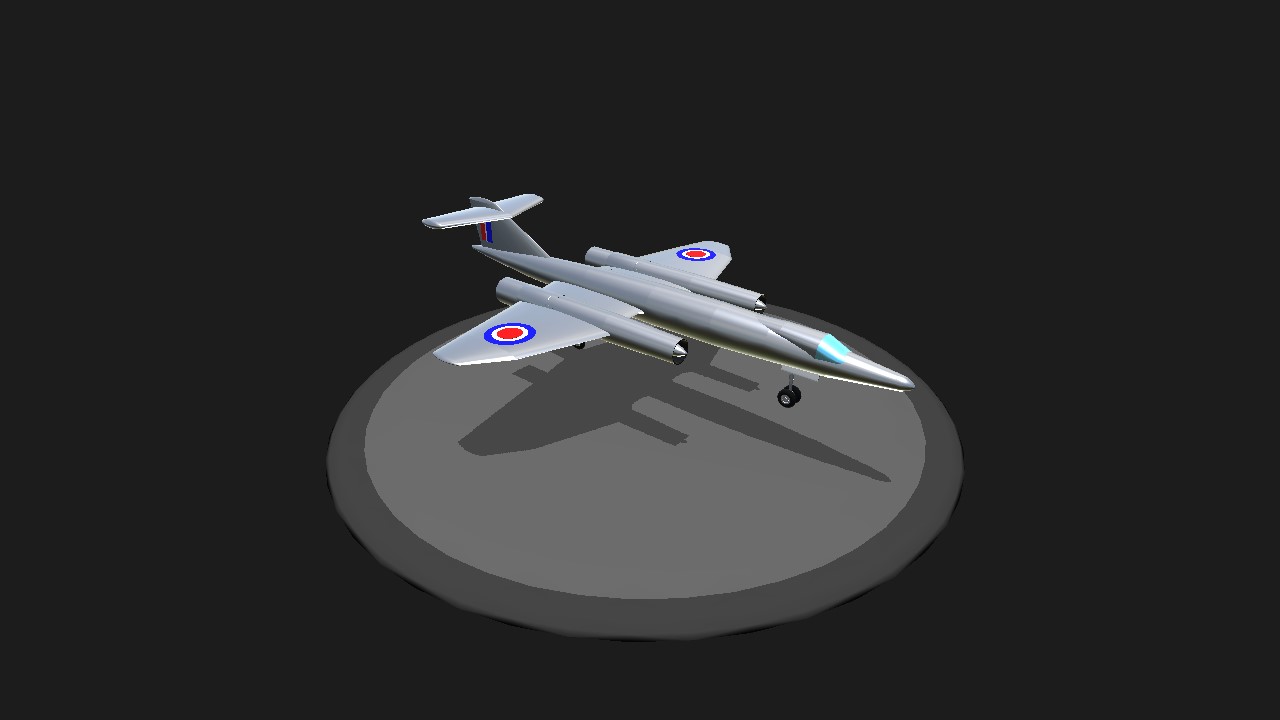
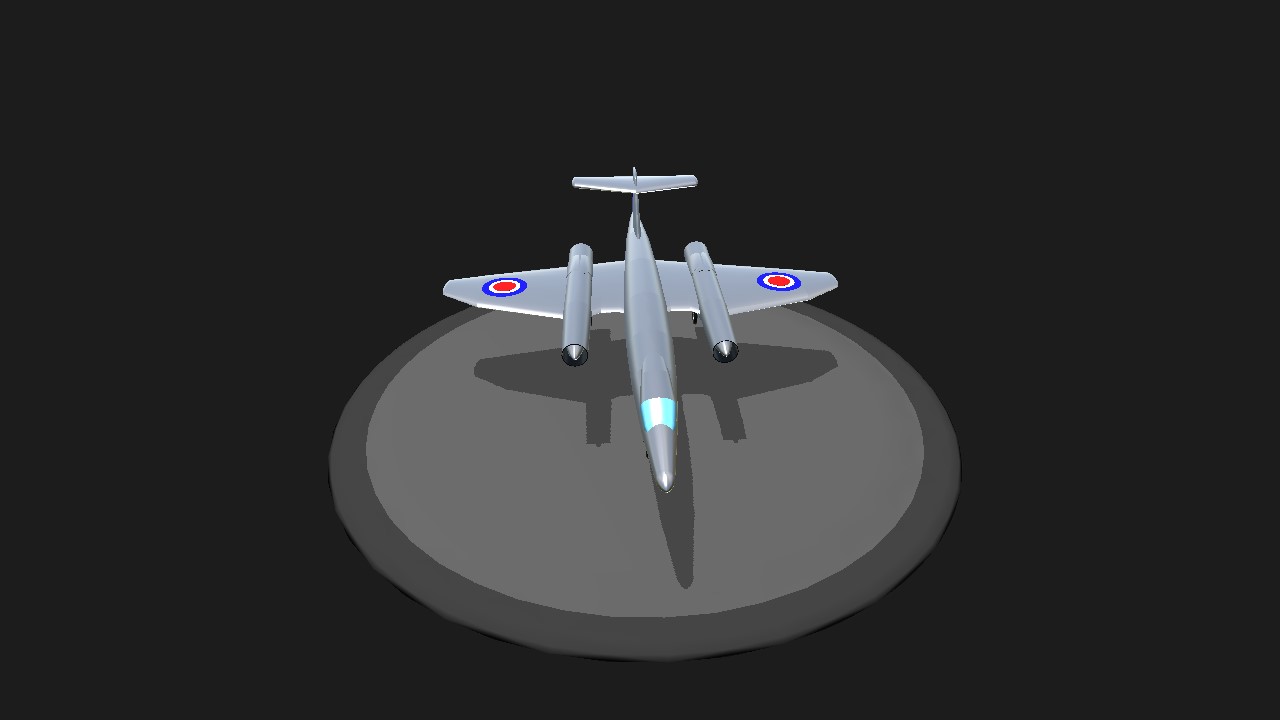

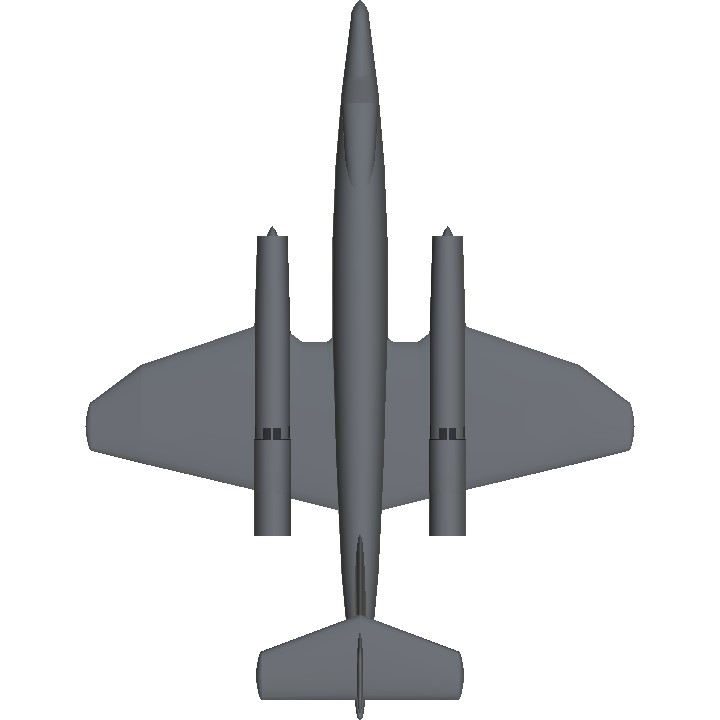
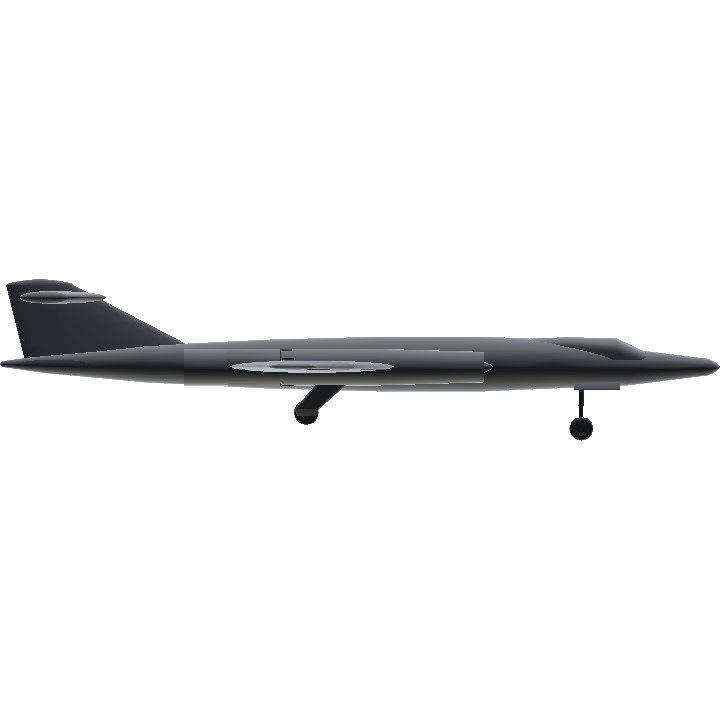
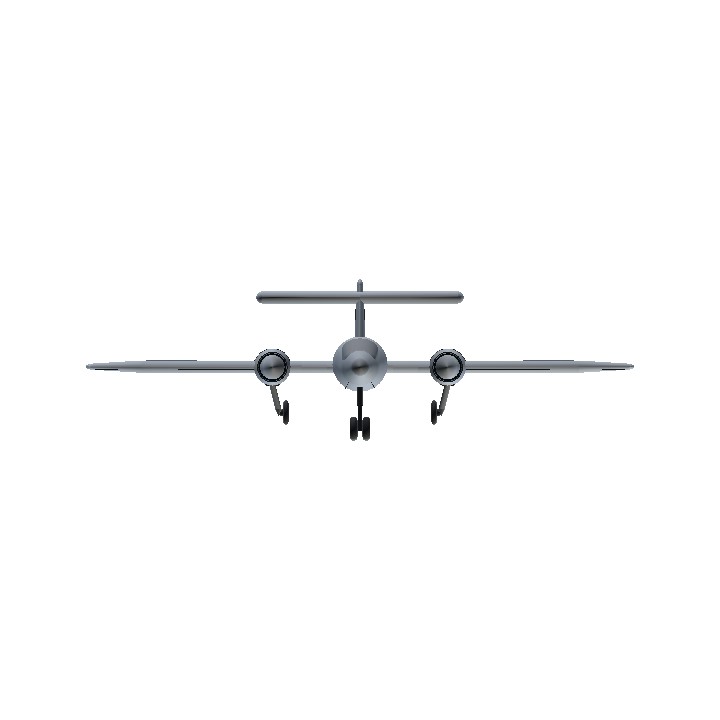
@Trainzo thank you
Nice replica. Good job.
@edensk just realized your points are the same as my points with a 2 at the end
@edensk oh ok
@edensk That's actually what the real wings looked like.